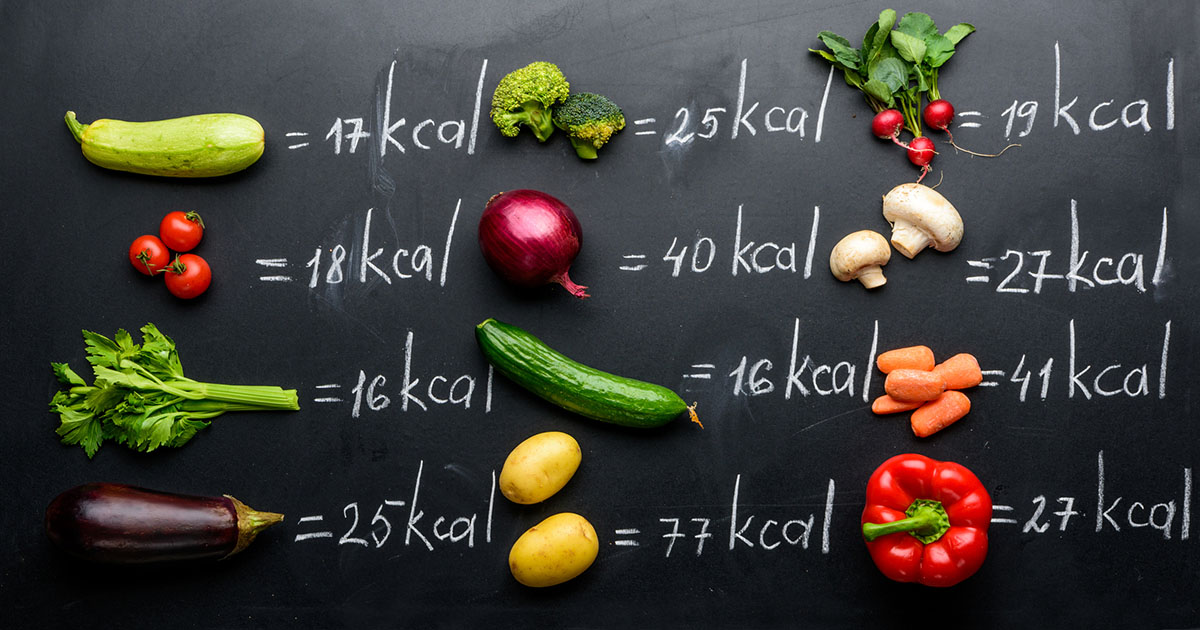Cheat Sheet: Reading Nutrition Labels
Individuals look at nutrition labels for many different reasons. Whatever the reason, however, it is critical that the information on the label can be read quickly and efficiently so individuals can make wiser decisions towards a healthier diet. This includes knowing which nutrients to limit, which to eat more of, and how to compare food choices to pick the healthiest alternative.
The serving size is the first place individuals should begin looking when checking the nutrition facts, as it reveals the portion the nutrition facts will equate to. For example, if one cup of food contains one hundred calories, then 1.5 cups will provide 150 calories.
Calories

Calories measure the amount of energy obtained from the serving of food. Many Americans take in more calories than needed while not meeting many of the recommended amounts of nutrients that help support a healthy diet. By learning to manage calories better, weight management comes easier.
A general guideline for calories is that forty calories per serving are low, one hundred calories per serving are average, and four hundred calories or more per serving is high. The information is a general reference based on a 2,000 calories per day diet.
Now that you know the average amount of calories to eat each day, and what the low, average, and high servings are, continue reading to learn which nutrients should be limited in a diet.